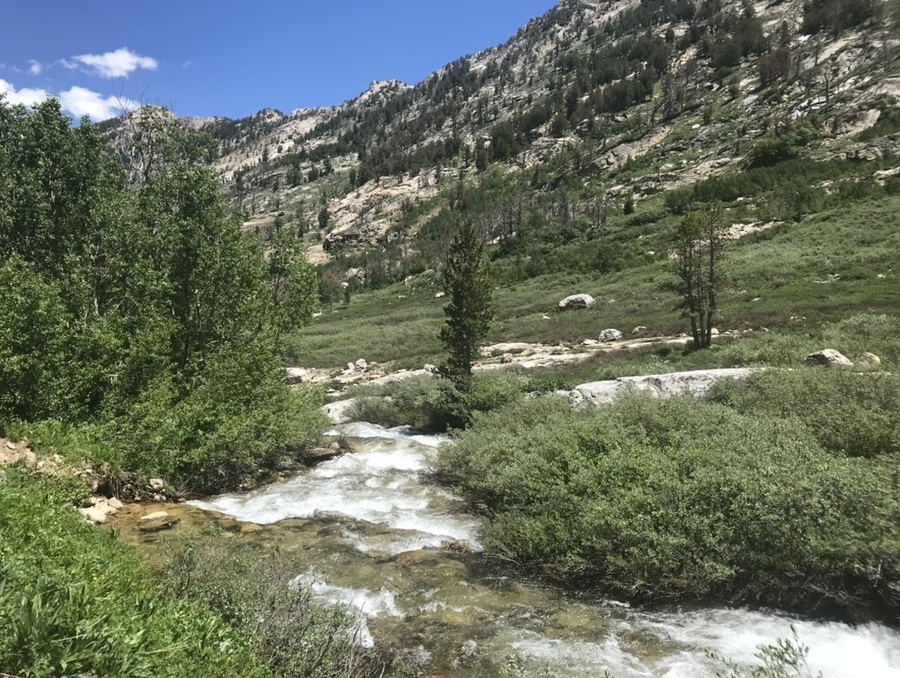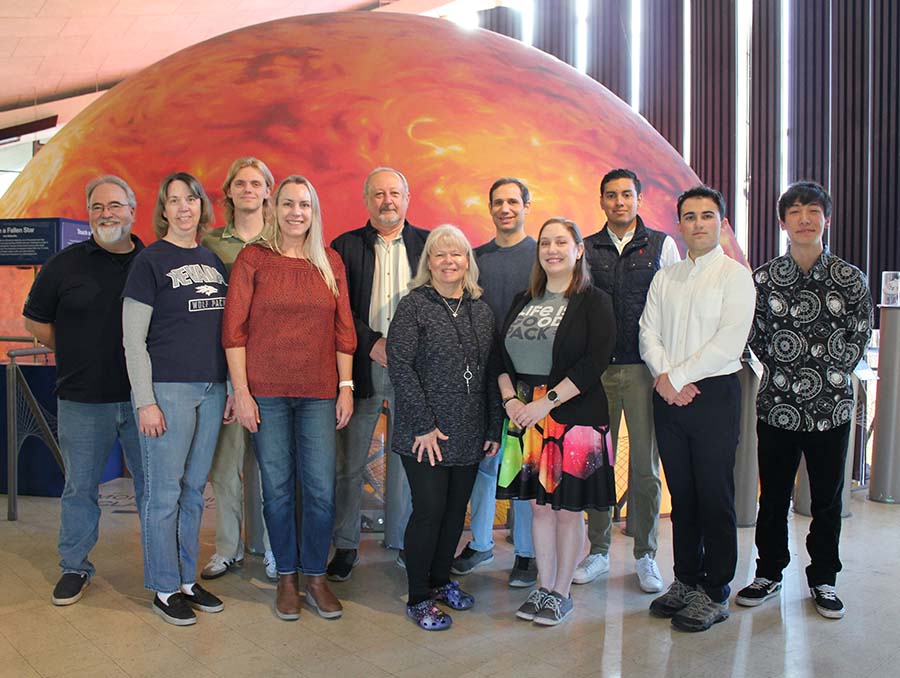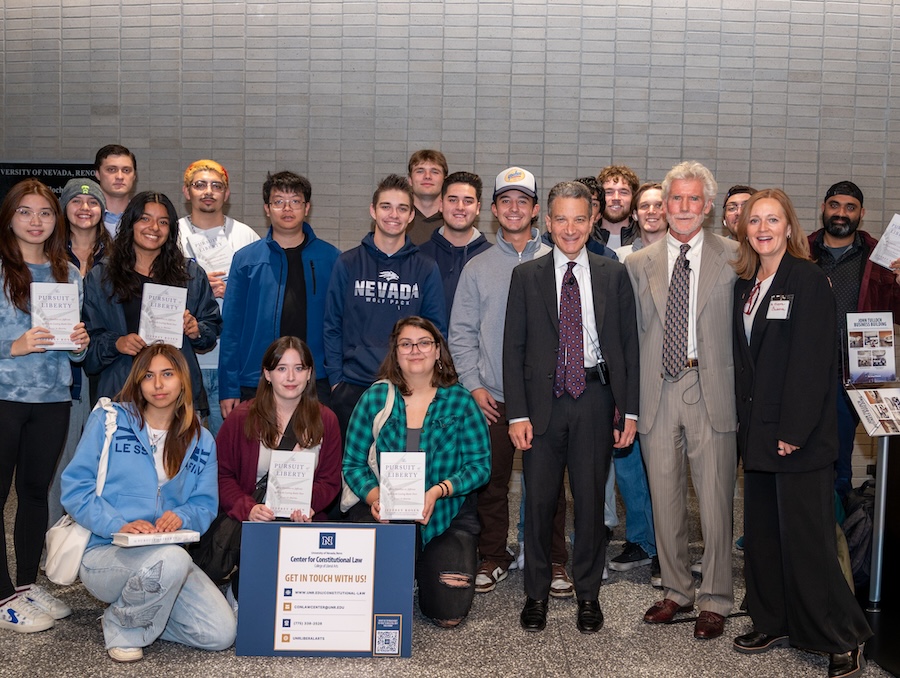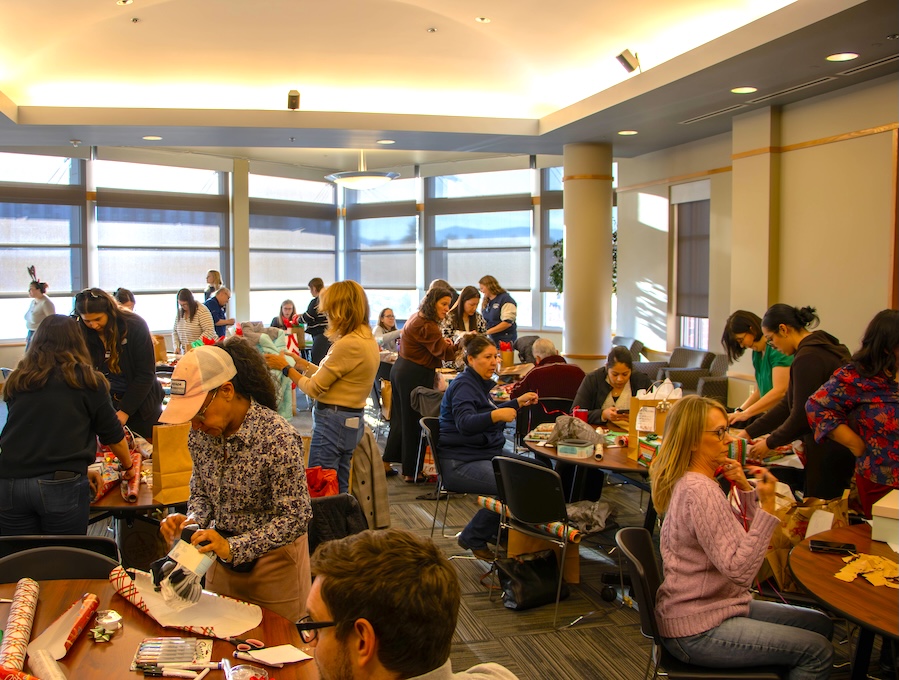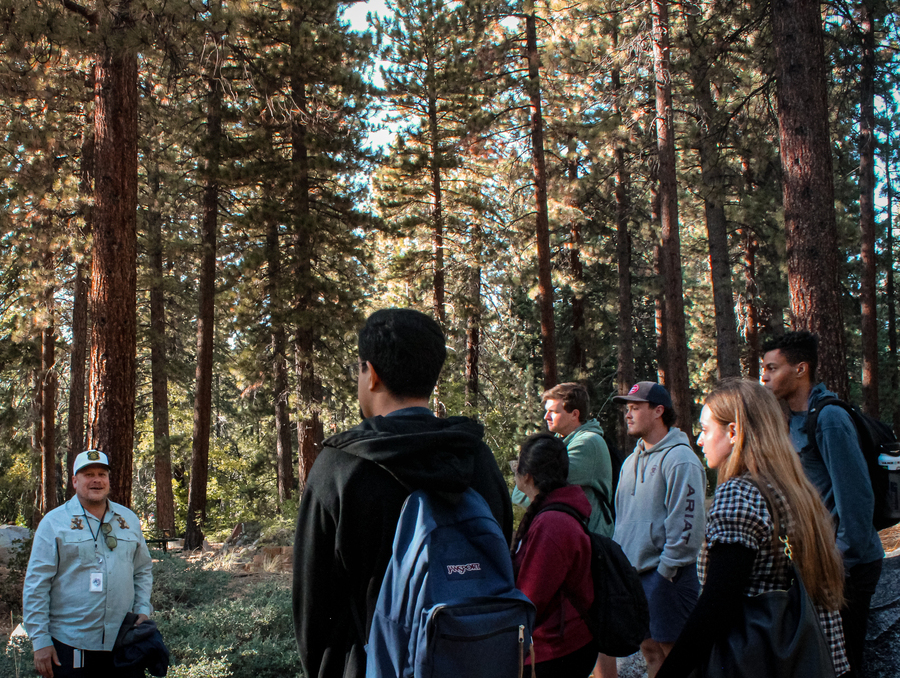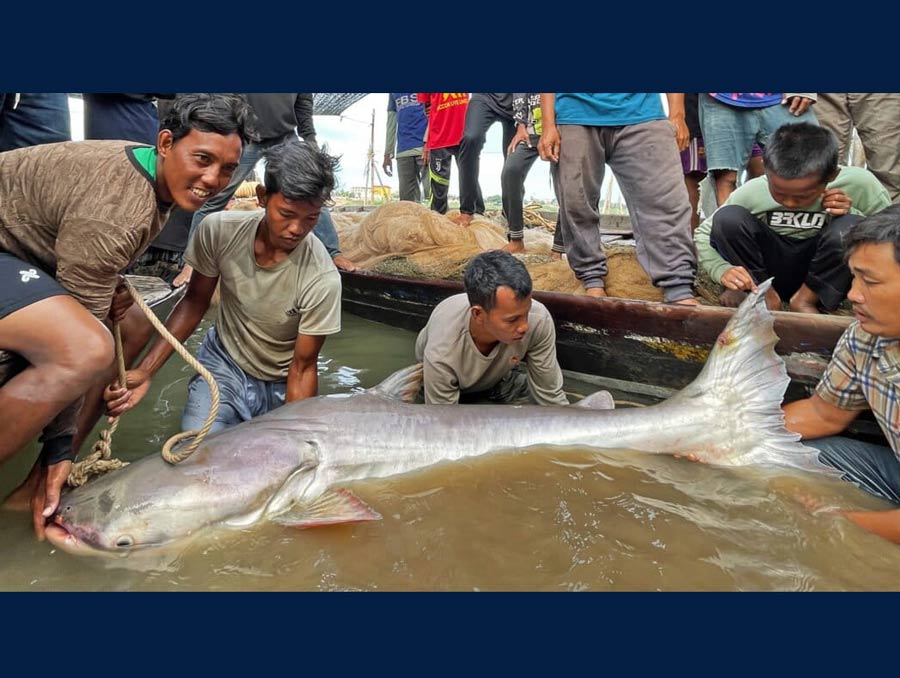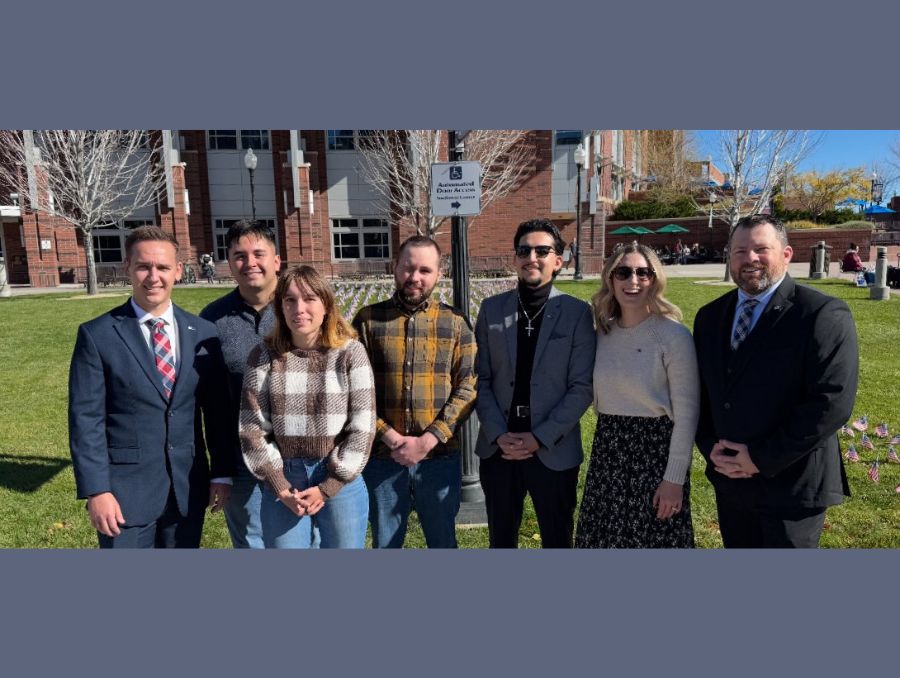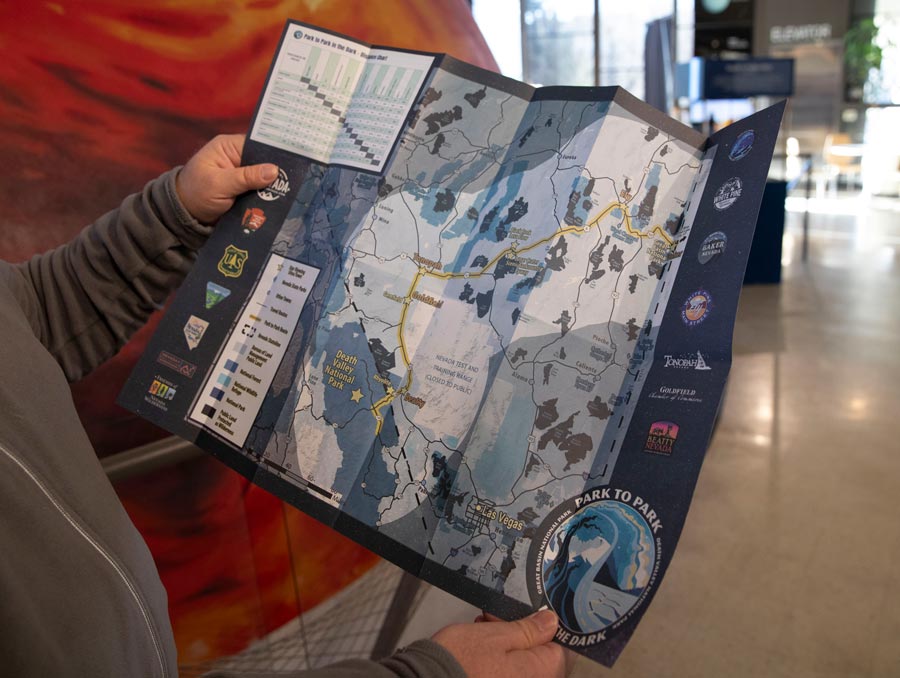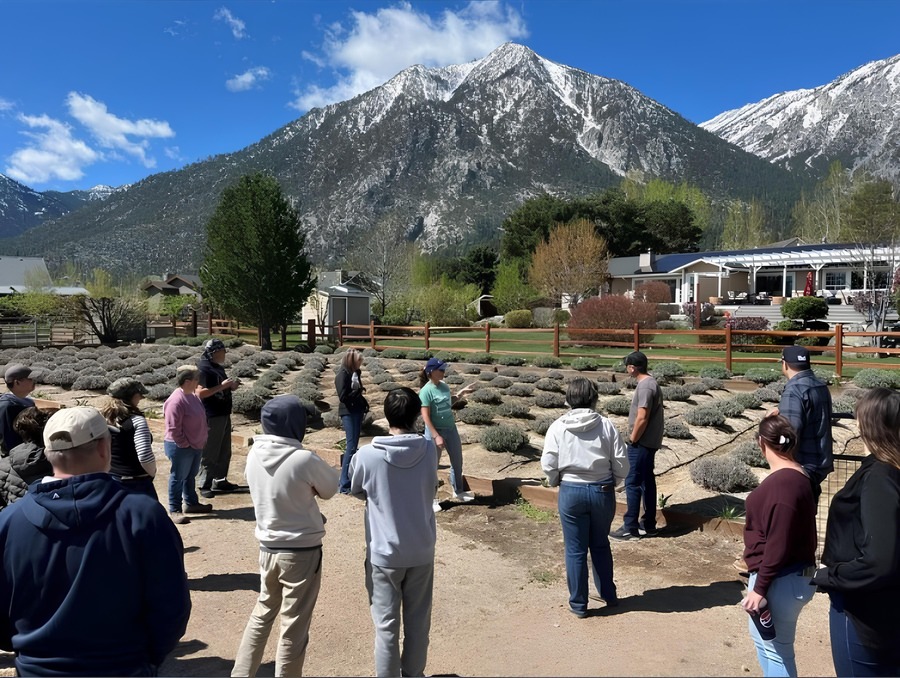As outdoor recreationists are packing their bags to enjoy Nevada’s many scenic recreation areas, many will be heading to northeastern Nevada’s Ruby Mountains to hike Lamoille Canyon. Anglers are also heading out to fish trout, including the Lahontan cutthroat trout, out of the creek that runs through it. But, a study recently published by University of Nevada, Reno researchers finds that increasingly severe wildfires and drier conditions in places such as Lamoille Canyon are threatening water quality, fish and other aquatic life in streams.
The research was led by doctoral student Maxwell Kay Strain, under the supervision of Erin Hanan, an associate professor in the Department of Natural Resources & Environmental Science and principal investigator of the Fire and Dryland Ecosystems Lab. Housed in the University’s College of Agriculture, Biotechnology & Natural Resources, Hanan also conducts research as part of the College’s Experiment Station.
The team spent two years studying the effects of the Range 2 Fire that burned through the canyon in September 2018. They were looking for answers to how fire severity influences the cycling and retention of nitrogen across a watershed. They chose this spot because it had just burned in a severe fire, and its rugged topography makes runoff from burned slopes a major threat to stream water quality.
“What we found is that actually two factors are likely to deteriorate water quality: the severity of the burn and increasingly dry conditions after fire,” Hanan said.
The researchers found that with drier conditions, even less severe fires can cause lasting harm to water quality and aquatic habitat. Wildfire ash is rich in nitrogen, and when plant recovery is slow after a burn, they take up less nitrogen from the soil. So, the nitrogen ends up in the streams instead, degrading water quality and threatening fish and other species living in those habitats.
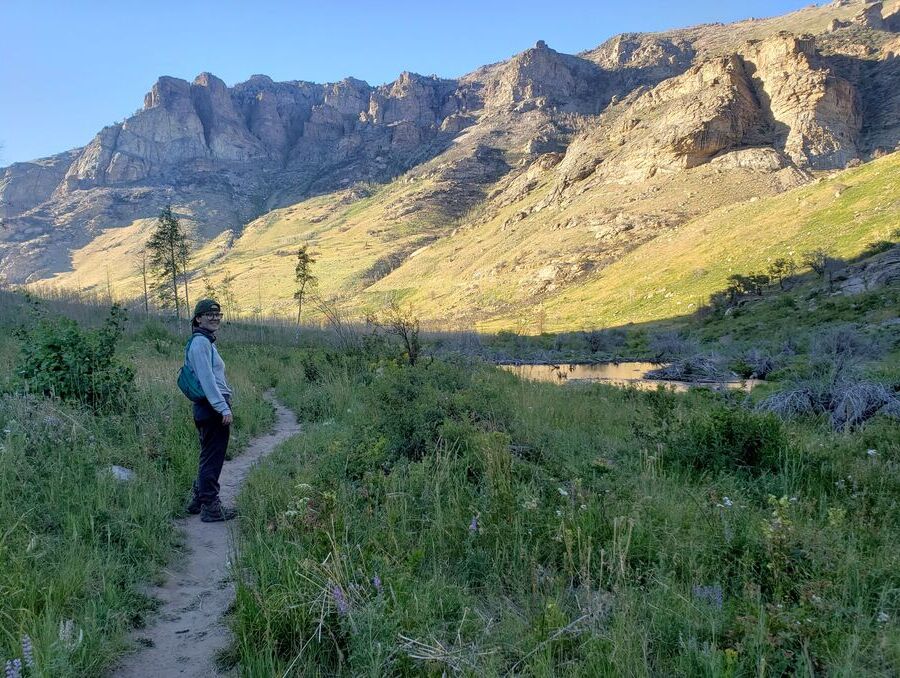
“This project highlights how important post-fire weather conditions are in determining long-term recovery,” said Strain, who is now a USDA Climate Hub fellow and postdoctoral scholar at the University. “It was my introduction to ecosystem ecology and got me interested in how short-term weather conditions have long-term impacts on how ecosystems respond to disturbances like wildfire and species invasion.”
“Fire ecology is messy,” Hanan said. “It’s incredibly hard to measure fire effects across a watershed. Fires burn over huge areas and complex terrain and rarely give us clean comparisons between burned and unburned sites. Kay tackled that challenge head-on, sampling an impressive range of conditions, and this research has given us valuable new insights.”
They sampled unburned, moderately burned and severely burned sites, recording plant species present, percent plant cover and the biomass of each species. They also collected soil samples that they brought back to the lab for further analysis.
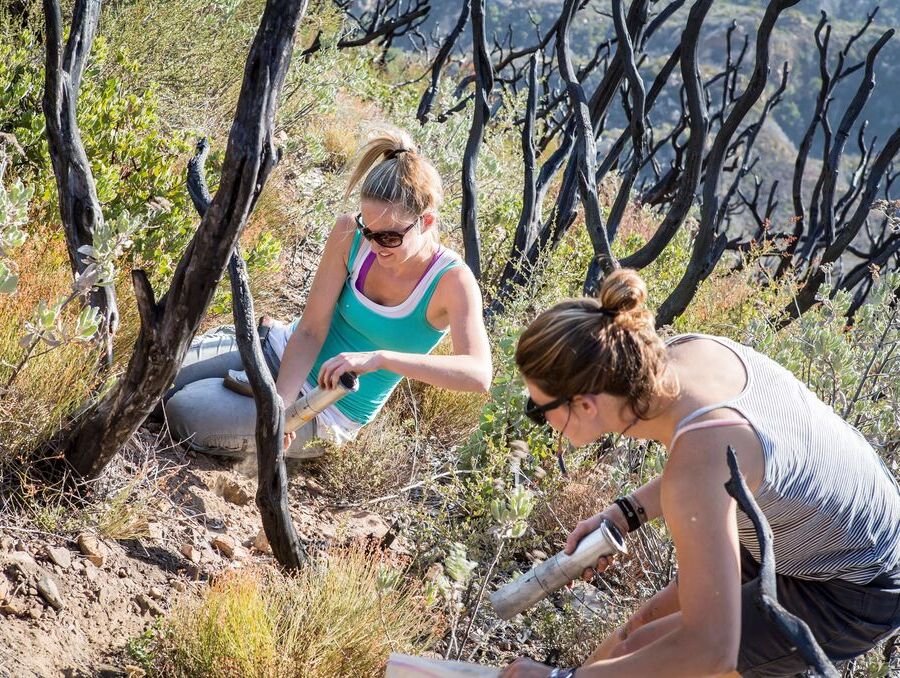
Strain and two other students, Raymond Lopez and Robin Doolin, incubated the soils with water, and by measuring the mineral nitrogen at the beginning and end of the incubation, obtained the net rate at which nitrogen is being made available for plants. They also measured nitrogen concentrations in plants and estimated how much soil nitrogen they were taking up across their study plots. Together, these analyses indicate how quickly the area might recover and how much damage might be done to waterbodies in the area.
If there is more soil moisture, the plants can more readily take up nitrogen from the soil, making it less vulnerable to leaching. If plants can take up nitrogen more quickly, then less of that nitrogen ends up in waterbodies, keeping them healthier for aquatic life. But, the amount of nitrogen being taken up by plants tends to be lower when conditions are arid.
“Because of that, what we can infer is that under more arid conditions, you will have more nitrogen exported when there are storms,” Hanan said. “Nitrogen inputs after fire can spawn algal growth that may be harmful for stream food webs, wildlife and recreational uses. Lamoille Creek flows into the Cow Creek Reservoir, which is also a popular spot for fishing and recreation. So, it’s a snowball effect.”
The researchers hope their findings can help guide pre- and postfire management efforts in wildfire-prone areas, safeguarding waterbodies for recreation and protecting the wildlife that inhabit them. Further details of their research can be found published in the International Journal of Wildland Fire.
